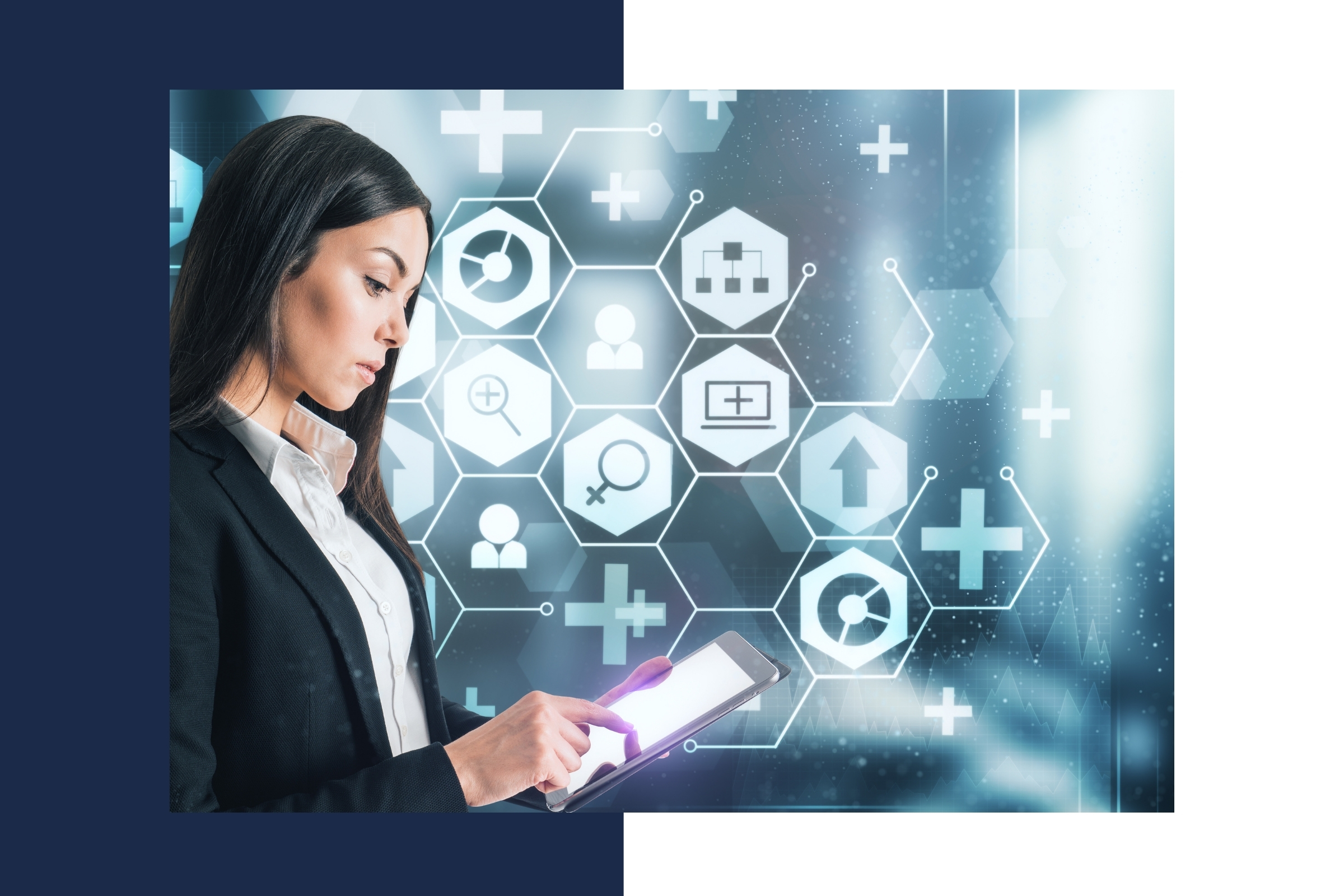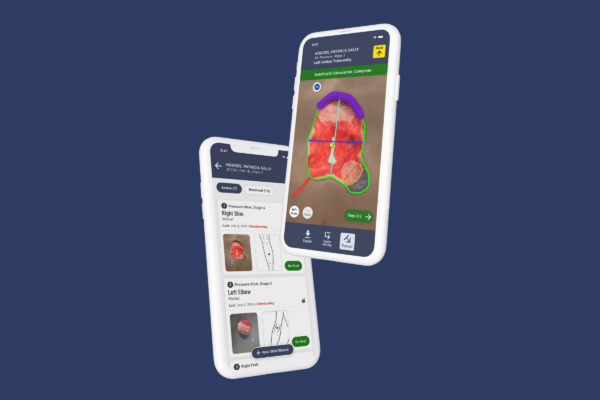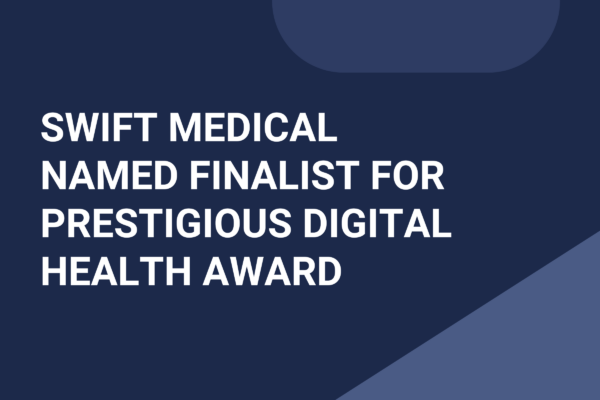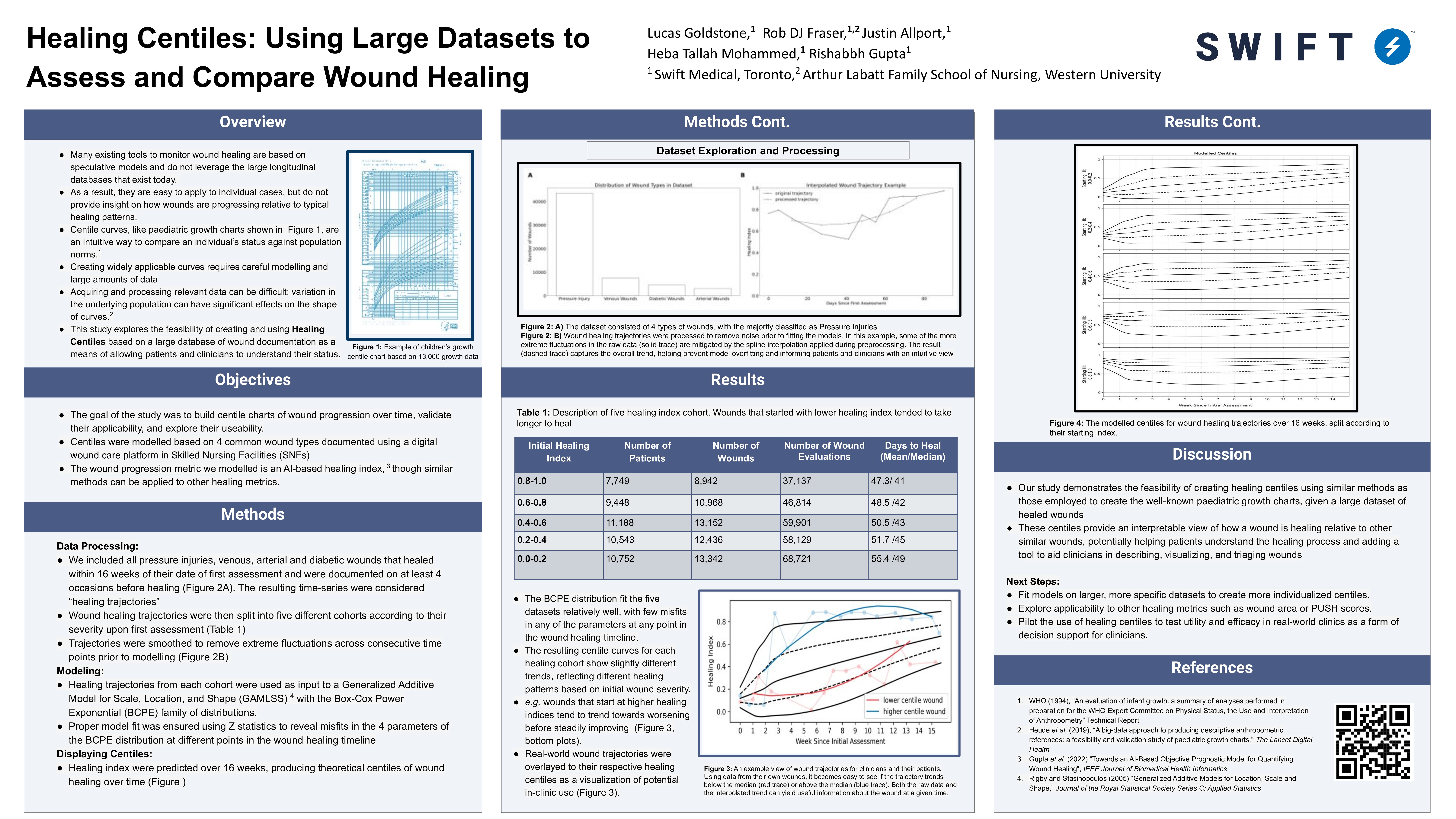The acquisition, analysis, transfer and application of information and knowledge is the bedrock of disease management, efficient systems and patient compliance. Patients and providers must know what to do, when to do it, and why they are doing it. Here are the top ten ways I see technology changing healthcare:
- Data management and data mining: Compiling, analyzing and procuring healthcare data is a challenge. Artificial Intelligence (AI) can quickly collect, store, format and organize this data.
- Chatbots: Chatbots reduce the burden of office assistants by automating daily tasks. They can function up to 20% faster than a manual process, saving time and reducing error. They are also user friendly, especially when compared with frustrating Interactive Voice Response (IVR) systems that often end with “0” to reach a human.
- Automated image interpretation: Radiology, pathology, dermatology and wound care require a lot of image analysis with historical integration. Using machine learning and AI to automate routine prompting for abnormalities provides more time for expert review. AI excels at image analysis. It works faster than humans, is not subject to bias, does not get tired or distracted, and has fewer errors.
- Virtual caregivers: AI is being used to create virtual caregiving software to help caretakers monitor vitals and symptoms, set up medication reminders, send dressing reminders, and book follow-up appointments.
- Monitoring health: mHealth and eHealth connect the “Internet of Things” (IoT) to tracking apps that count steps, heart rate, blood pressure, sugar levels, dressing compliance and skin temperature for local inflammation, and share these with providers. These apps can also set health goals and send reminders, alerts and suggestions.
- Creating treatment plans: AI-powered software can do more than just store, analyze, sort and access specific data from millions of patient records. Doctors with “high risk” patients can use AI analysis of past outcomes to create more effective treatment plans, and Swift’s data science division has developed an AI algorithm which analyzes more than 100 factors to predict who is likely to heal.
- Collective intelligence (CI): CI can generate more accurate outcomes than the decisions of the most talented individual. In contrast to individual aptitude, CI – think “crowd-sourcing” or “wisdom of the crowds” – is the ability of a group to perform a wide variety of tasks, and studies have demonstrated that groups using CI in cognitive tasks have high performance and can generate more accurate outcomes than the decisions of individuals alone. Immediate applications are the virtual “curbside consult” using Swift’s patient connect and third-party consultants.
- Clinical decision support systems (CDS): CDS programs analyze EHRs to provide prompts and reminders to apply evidence-based clinical guidelines at the point of care.
- Gamification: Using gaming techniques can motivate patients for long-term engagement in both therapy and healthy lifestyle habits.
- Conditions for payment (medical necessity): AI can provide up-to-date regulations and requirements for the changing landscape of services and supplies. Providing answers at the point of care for what is paid, unpaid, bundled payment or paid (but time-limited) is important to both patients and providers.
Curious to learn more about what the biggest challenge that healthcare workers face today and what the future of wound care looks like? We sat down with Swift’s Chief Medical Officer Bob Bartlett MD, to give us the scoop on the wound care innovation that’s empowering clinicians and patients. Read on.





